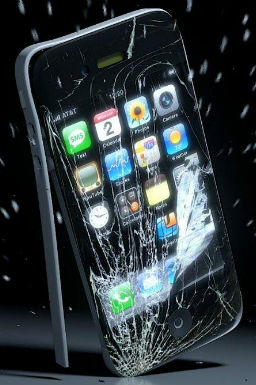Imagine a world where an army of futuristic drones flying high above our heads is responsible for everything from food production and shopping, to fighting crime and warfare. It may still seem like a pie-in-the-sky idea at the moment, but there’s a revolution underway and the age of the drone is closer than you may think.
As with any new technology, there are strong dissenting voices claiming that it will ultimately come in and rob people of their jobs. However, according to a report on UAE government website dronesforgood.ae, between now and 2025, drones could account for up to $10 billion worth of economic growth. The same report also suggests that in the next 10 years, more than 100,000 new jobs will be created as a direct result of drones.
The other accusation aimed at drones is that they’re dangerous and a threat to our privacy. While that may well be true, in an attempt to move away from the negative connotation of the word ‘drone’, which is so often associated with military strikes, destruction and invasions of privacy, backers of the technology coined the acronym UAV (Unmanned Aerial Vehicle) to describe any drone.
Related:
10 ways 3D printing will change your life
The science behind why we lie
The best business quotes of 2014
While they certainly still have their opposition, there’s no doubt that drones are putting their stamp on the world, being used for more and more purposes. Last year the UAE tested drones for delivering documents, started using them to patrol Abu Dhabi’s ports for security and this year it’s set to roll out plans to use them to help with maintenance of the Dubai Metro.
The technology is there, but the main stumbling block is regulation. With each country imposing different laws on the use of drones - and most inhibiting their use for commercial purposes - at the moment it’s nigh-on impossible for companies to make the best use of them. However, with such awesome cost-cutting and time-saving potential, it’s only a matter of time before the powers that be sit down and agree on a framework that will bring tomorrow’s world into today.
Here are a few of the areas that drones are set to revolutionise over the next few years:
Commerce
It’s the most obvious use for drones, yet the money- and time-saving potential of using drones for deliveries is massive. Various companies have tried it, with German firm DHL successfully launching a small-scale operation to deliver goods from the German mainland to the island of Juist.
However the real big-hitter is Amazon, which, subject to approal from the Federal Aviation Administration (FAA), is hoping to get its Prime Air delivery service off the ground some time this year. Here’s a video showing how it would work.
Agriculture
One of the largest areas of predicted growth over the next few years, the farming sector could be completely revolutionised if it learns to embrace the use of drones to monitor crops and spray pesticides.
As with every other sector, progress has been held up by the authorities, but a major breakthrough took place this month, as the FAA granted its first-ever permits for drone use in agriculture.
Human aid
The very nature of remote and difficult-to-reach places means that often their inhabitants are in need of aid. Wether the issue is tricky terrain, meaning driving isn’t an option, or dangerous war-torn conditions, meaning it’s too risky to enter an area, a drone has the capability to deliver aid to where it’s needed most.
Several organisations have already started working with drones, one of which, a Silicon Valley start-up by the name of Matternet, is in advanced testing in both Haiti and the Dominican Republic.
Warfare
Of course, with such precise flying capabilities and the fact that their pilot doesn’t need to be anywhere near them, drones were always going to be picked up by the military and used for warfare.
They’ve formed a key part of the US-led coalition’s wars in both Afghanistan and Iraq, and there’s no doubt they they’ll continue to do so, despite heavy opposition taking the view that their use is unethical.
Guided tours
It may not be quite as useful as delivering lifesaving medical aid to remote locations or economically efficient as a flying delivery service, but we dare you to watch the video below and tell us that this wouldn’t be seriously cool.











SHARES
Comments